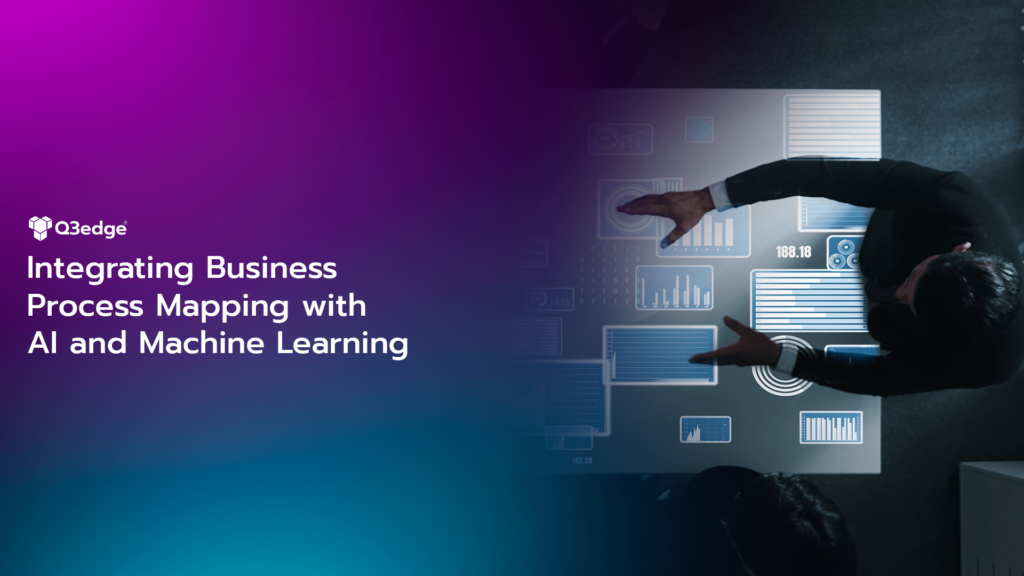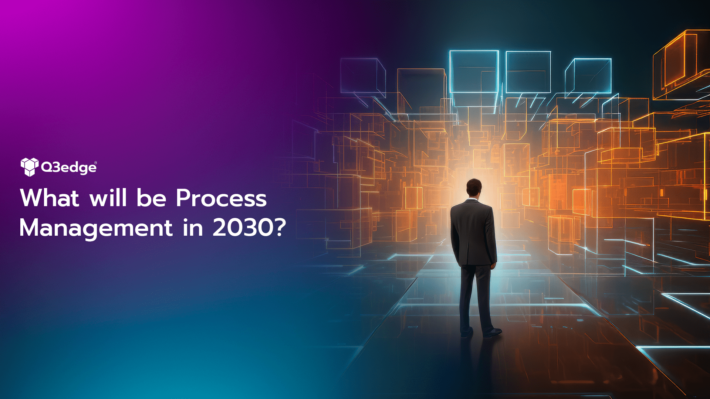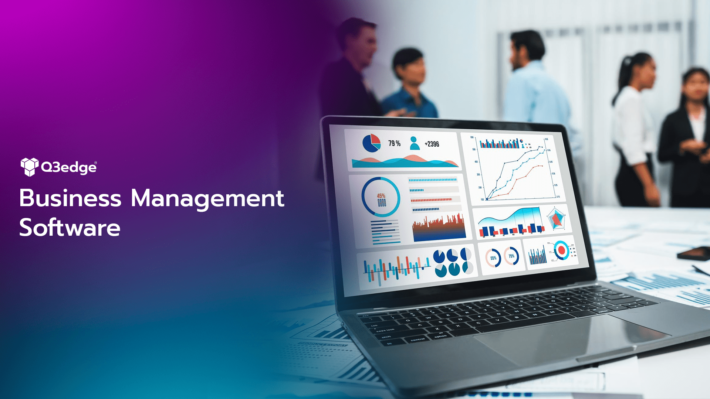Integrating Business Process Mapping with AI and Machine Learning

Organizations of all sectors are investing heavily in Business Process Mapping to get a better understanding of their operations. It plays a key role in optimizing operations. But, with the significant advancements in technology and expectations, business processes need to evolve as well. This is where you need the support of Artificial Intelligence and Machine Learning. These technologies can take process mapping to completely different heights.
Using AI and Machine Learning technologies, businesses can analyze a huge amount of operational data. It allows them to get hold of loopholes quicker. Not only this, businesses can also work out for “what if” scenarios. Here in this post, we are going to help you understand every bit of how integrating BPM with AI and Machine Learning technologies can make a big difference in terms of performance. Let’s get going.
Focus on Business Process Mapping
Business Process Mapping provides a graphical and visual representation of the different steps and decisions involved in executing key organizational processes. Some core objectives of process mapping include understanding the current “As-Is” state, standardizing procedures, identifying areas of improvement, and modeling optimized “To-Be” processes. It helps analyze the flow of information or materials and the individuals/systems responsible at each stage. This visual documentation forms the basis for assessing process performance quantitatively.
Traditional process mapping relies on the knowledge and experiences of subject matter experts through workshops. While valuable in the initial stages, this approach has limitations. It only captures a high-level view and may not fully account for exceptions or variations in real-world execution. With the constant flux, mapped processes soon need to be updated. Also, scaling such workshops for a large number of interconnected processes becomes unfeasible. That is where integrating AI and Machine Learning helps overcome such challenges.
Enhancing Process Mapping with AI and Machine Learning
AI and Machine Learning provide the means to automate data-driven process discovery and mapping. By analyzing a huge corpus of event logs, transaction records, sensor data, and other operational metadata, AI algorithms can autonomously map actual end-to-end processes. This “Business Process Mapping” technique models processes without any preconceived notions, accounting for deviations and complex conditions. Advanced ML algorithms like neural networks can also derive insights at a deeper level by identifying weak signals and patterns otherwise invisible to humans.
Some key ways AI/ML enhances traditional process mapping include:

Automated Discovery
AI assimilates data from multiple systems to build maps without manual effort, avoiding bias. It provides a ground truth of ongoing processes.
Dynamic Analysis
Maps are updated on an ongoing basis as processes evolve. ML algorithms continuously learn from new executions to keep maps current.
Bottleneck Identification
AI quantifies every step, identifying points of congestion, backlogs, idle times, etc. It helps prioritize improvements.
Anomaly Detection
Deviations and exceptions are highlighted, and their impact and root causes are understood. That ensures compliance and aids decision-making.
Optimization Modeling
“What-if” scenarios can be simulated by leveraging large data sets and evaluating trade-offs to design optimized target workflows.
Personalization Insights
Individual-level variations can be understood, helping tailor processes for customer or employee segments.
Predictive Capabilities
Upcoming threats, demands, etc., are anticipated through predictive analytics, enabling proactive management.
Thus, AI/ML empowers process owners with a dynamic, data-driven understanding of operational realities versus theoretical documentation alone. It forms the cornerstone to re-engineer and re-engineer an escalated pace and scale continually.
Example Applications of AI-driven Process Optimization
Given below are some examples of how different organizations have applied AI/ML solutions to optimize critical business processes:
Insurance Claim Processing
A leading insurer deployed optical character recognition, natural language processing, and predictive analytics on policy documents and claim interviews. It enabled semi-automated extraction of requisite information with 97% accuracy. By pre-populating forms and assessing fraud signals in real-time, the average claim turnaround was reduced by 3 days.
Supply Chain Forecasting
An electronics manufacturer leveraged sales data, inventory levels, product returns, etc., to build predictive demand models using deep learning algorithms. Through accurate 6-month forecasts, goods replenishment, and transportation planning were optimized, slashing stock outs and inventory holding costs by 15%.
Customer On boarding
A fintech startup captured multi-channel digital interactions like website/app visits, downloads, and inquiries to build a process mining solution. It revealed that 94% of customers lost interest even before submitting applications. Streamlined new user flows incorporating insights boosted conversion rates by 38%.
Medical Records Processing
A global hospital chain deployed computer vision on digitized patient records to automatically extract demographic details, medical histories, and treatment plans. Natural language classifiers further validated and linked related data. It accelerated record retrieval, aiding faster clinical decision-making.
Recruitment Process Optimization
By examining data spanning job postings, applications, screening, and interviews, a leading staffing firm could pinpoint redundant approvals and long waiting periods. Process re-engineering with workflow automation tools rationalized 30% of steps, significantly reducing time-to-hire.
As seen from the examples above, AI/ML-driven process optimization goes well beyond mapping to deliver tangible operational and business benefits through autonomous discovery, dynamic analysis, bottleneck identification, predictive modeling, and scenario simulations. There is immense potential across industries for intelligently re-architecting workflows at a level unattainable through manual methods alone.
Future Perspectives
In the future, the fusion of AI/ML capabilities with process mining is expected to scale new heights. Some notable trends include:
Prescriptive Process Analytics
Beyond descriptive and diagnostic insights, AI will prescribe optimized target states with guaranteed outcomes.
Hyper-automation
AI/ML/RPA integration will enable end-to-end autonomous process execution with minimal human intervention.
Real-time Optimization
Processes will auto-adjust based on real-time analytics of changing environments to maximize efficiencies dynamically.
Customer Experience Fusion
DX initiatives will converge multiple customer touch points to build unified AI-powered experiences.
Hyper-Personalization
Individual-level process variations and exceptions will be handled intelligently at massive scales.
Augmented Intelligence
Humans and AI will form mixed-initiative symbiotic relationships, with each enhancing the other.
Final Thoughts
So, leveraging process mining and AI/ML algorithms promises to take business process optimization to a whole new level. It overcomes the limitations of manual mapping methods by autonomously analyzing huge volumes of operational data. Organizations gain unparalleled visibility into actual workflows versus theoretical documentation. Combined with advanced analytical capabilities, AI aids proactive improvements and optimal transformation of processes to ensure business excellence. Going ahead, the fusion of AI/ML-based prescriptive insights with hyper-automation will make organizations agile and ready for the future. Overall, embracing an intelligent, data-driven approach to business process management will help gain unprecedented strategic and competitive advantages.







